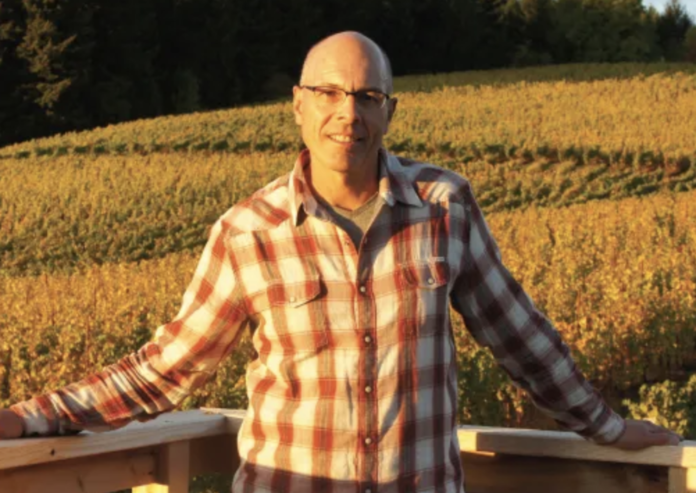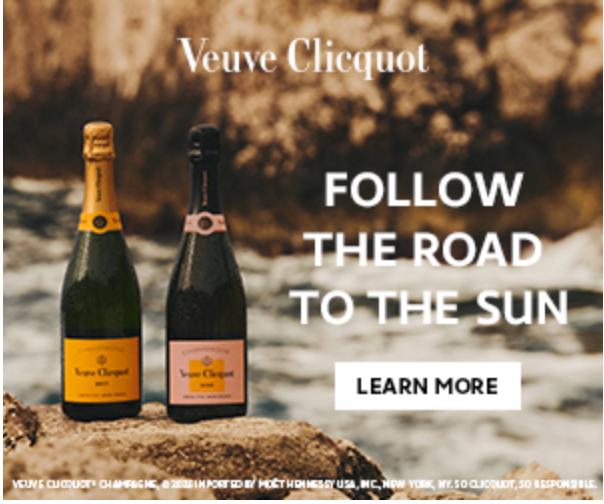Steve Lutz of Oregon Wine’s Lenne’ Estate sells his iconic vineyard as he eyes: what’s next in wine career.
- Steve Lutz, vigneron and founder sells his iconic estate after 22 years
- Peavine soils certified worst in Yamhill County, proved to yield distinctive Pinot Noirs
- Lutz is said to be setting up next phase of his idiosyncratic wine career
- Purchasers Jory, LLC will release next stage brand name and concept for the estate
Lutz’s wine career spans 4 decades and includes hospitality management for part of the Mondavi Wines Group in Napa Valley among other Napa brands and heading up hospitality at Chateau Benoit (now Anne Amie) in Carlton, Oregon culminating in the discovery of his unique 20.9 acre estate vineyard.
Lenné is French influenced wordplay of Lenny, Steve’s father-in-law
The brand name Lenné’ was derived as a French influenced wordplay of Lenny, Steve’s father-in-law who reportedly was a chicken farmer in a suburb of London.
Having achieved cult wine status for over 20 years
Lenné’ produces only estate wines, with annual production ranging from 1,600 – 2,000 cases, most of which is allocated to local wine club and out of state wine enthusiasts. Having achieved what is essentially cult status over 20 years as a craft producer
Lutz quips:
“…Most people think that wine is a lifestyle business,
it most assuredly isn’t, although, of course,
we do enjoy some perks!”
When queried about what’s next, Steve offers “Lenné’s unique programs and experiences will exist in new formats for years to come, although you’ll have to get on our mailing and membership lists to take advantage of what’s coming up next.”
you’ll have to get on […] mailing and membership lists to take advantage of what’s coming up next
The Lenne’ tasting room closes at the end of 2022.

Jory, LLC had been searching for a bespoke Pinot producing site and were delighted when approached by Steve.
Jory intend to further develop the existing property with a new brand name, marketing concepts, and larger facilities. Co-owner Eugene Labunsky has admitted to being thrilled to finally acquire a property he has had his eye on for years.
Lenné’ Estate
Lenne’ Estate grows death-defying Pinot Noir vineyards on steep slopes in the Yamhill-Carlton AVA. Steve Lutz planted his first vines in 2001, expanding the vineyard property to 20.9 acres. The estate is planted with five clones of Pinot Noir (Pommard, 777, 115, 114, and 667), and most recently Chardonnay.
Jory, LLC
Jory, LLC is a partnership between grower and wine enthusiast Eugene Labunsky and Jared Etzel, winemaker and co-founder of Domaine Roy, and son of Mike Etzel of Beaux Frere fame. The partnership was formed with the intent to grow a portfolio of fine wine brands produced from singular estates of Willamette Valley Pinot Noir and Chardonnay.
Additional information will be released in the upcoming months.



